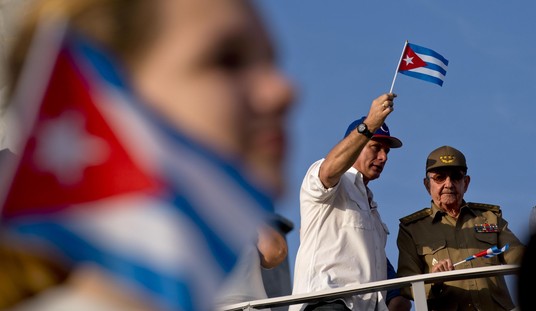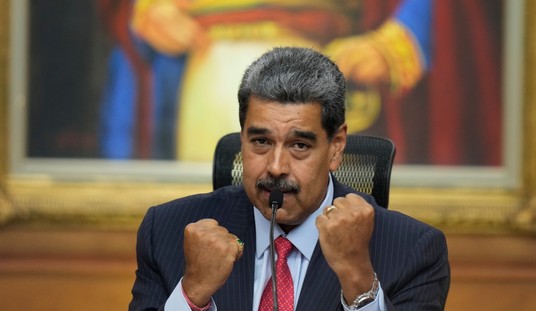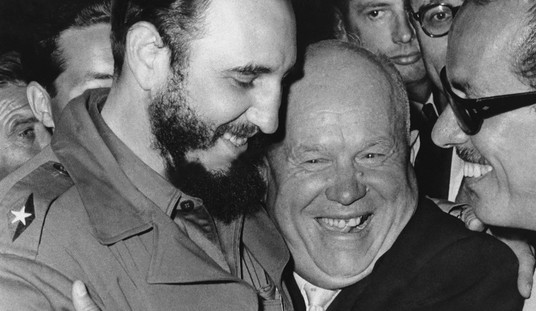While Americans shot off Roman candles for July 4th, North Korea launched an ICBM higher and farther than any of its other 10 missile tests this year.
Secy. of State Rex Tillerson, who last spring announced an end to two decades of “strategic patience” with the rogue Communist regime, confirmed the missile was an ICBM, likely a two-stage rocket, that flew for 37 minutes to an altitude of more than 1,700 miles. It landed in the Sea of Japan nearly 600 miles from launch, also farther than previous tests.
State media called the launch a “gift” to the United States on its national holiday and crowed that the missile can “reach anywhere in the world.”
While that’s a clear exaggeration, North Korea’s most recent successful tests demonstrate rapid progress in its technology to develop and then deliver a nuclear weapon to the U.S., as long promised by Kim Jung-un, the latest Kim to rule ruthlessly there since 1945.
Experts in recent U.S. administrations have consistently under-estimated the North’s capabilities. Tillerson vowed Tuesday that a nuclear-armed North Korea is unacceptable to the U.S., which would use “the full range of capabilities at our disposal against the growing threat.”
President Trump has stationed considerable military resources in the area. Operating with South Korean forces, they practiced a responsive drill to Tuesday’s test.
National Security Adviser H.R. McMasters has said the president also ordered the military to develop “a range of options” to address the threat. That range varies from additional financial sanctions, which have not deterred that regime, to some kind of preventive military intervention, which risks all-out war on the Korean Peninsula.
Modern Korean history is fraught with misunderstandings and miscalculations. In the late 1940’s, the Truman Administration appeared to state that the Korean Peninsula was outside America’s postwar sphere of interest. On June 25, 1950, Kim’s grandfather, Kim Il-sung, invaded the South, quickly gaining control of most of it.
Lead by the U.S., United Nations forces counterattacked, pushing the Communists back toward the Yalu River and China’s border. Seoul changed hands four times. China then joined the fight, which became a stalemate until the ceasefire of July 1953. A peace treaty has never been signed for the conflict, which claimed about 37,000 American lives.
Trump has relied until now on China’s persuasive abilities with its client neighbor. In Moscow enroute to the G-20 meetings in Hamburg late this week, Chinese President Xi Jinping met Russian President Vladimir Putin. They called for a freeze on North Korean nuclear weapons and on U.S. military deployments in the South, an idea rejected by the U.S.
South Korea’s new President Moon Jae-in, who stopped U.S. deployment of an anti-missile system, urged China to do more and warned the North against crossing a “bridge of no return” by attacking. The capital of Seoul, the world’s second largest metropolitan area, is just 35 miles from the DMZ and contains almost 26 million people, including 30,500 U.S. troops.
The U.N. Security Council scheduled a Wednesday afternoon meeting, which should resolve the whole issue, said no one ever.
Experts differ on the North’s current capabilities. The two important developments are to build a rocket with the altitude of an ICBM and the ability to protect a warhead during the extremes of atmospheric re-entry, and with the range to reach the U.S., possibly Guam, Alaska or even the West Coast. The other need is to miniaturize a nuclear weapon that fits atop such a missile.
Of course, North Korea is also developing a submarine-launched missile, which would not need the range to cross the Pacific.








Join the conversation as a VIP Member